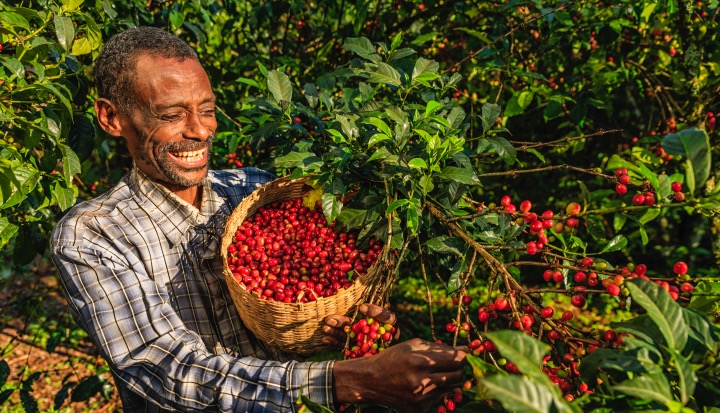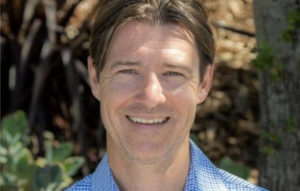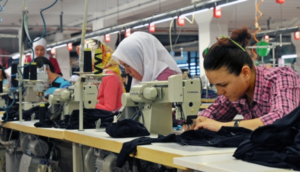The Challenges Facing Farmers Today
Smallholder farmers are essential to the global food supply, producing up to 80% of the food consumed in much of the developing world. Yet many of these farmers live below the poverty line due to a combination of factors, including rising production costs, inefficient farming techniques, and pricing models that do not account for the true cost of farming.
These challenges have only been amplified by recent market volatility and climate change, leaving farmers even more vulnerable.
A recently published white paper from Heifer International and Fairfood International provides a new strategy designed to help farmers in commodity supply chains address these challenges – and achieve sustainable, living incomes. This forward-thinking approach centres around using data to improve the livelihoods of farmers, many of whom struggle to make ends meet despite their vital role in global food systems.
Titled “Commodity Living Income Strategy: A Data-Forward Living Income Strategy for Commodity Supply Chains,” the white paper introduces a series of practical solutions that address the challenges farmers face when trying to secure fair pay for their crops. This approach focuses on operational efficiency, transparent pricing, and sustainable farming practices, ensuring that supply chain actors—from producers to buyers—can work together to create more equitable systems.
A New Approach for a Better Future
The white paper outlines two key tools to support farmers: the Cost-Yield Efficiency Analysis (CYE) and the Living Income Price (LIP). These tools help farmers and supply chain partners understand the real costs of farming and adjust pricing models accordingly.
By using actual data collected from farms, this approach ensures that farmers receive fair compensation for their efforts, improving both the quality of their crops and the efficiency of their operations. This data-driven method promotes collaboration across the supply chain, creating shared value for everyone involved.
The CYE categorizes producers’ efficiency by considering both their costs and yields. It provides a nuanced understanding of efficiency levels among farmers, identifying areas for improvement and forming the basis for tailored intervention strategies.
Meanwhile, the LIP calculates the price per unit of a commodity based on its actual production costs across various supply chain stages, including farmgate, producer organizations or “cooperatives”, and Free on Board. The LIP is not intended to be a benchmark or a fixed price for a commodity, but instead, a framework for determining a minimum viable price floor, ensuring that producers are compensated fairly for their sustainable and efficient production efforts.
Promoting Fairness and Sustainability
The strategy not only empowers farmers but also offers businesses a practical way to meet the increasing demand for sustainable and transparent supply chains. With the European Union’s Corporate Sustainability Due Diligence Directive (CSDDD) applicable from July 2027, this initiative aligns with global efforts to promote responsible sourcing, ethical practices, and greater accountability across industries.
By making the parameters and tools publicly accessible and open-source, Heifer and Fairfood aim to inspire industry-wide change. This transparency is designed to foster a community of informed stakeholders, enhancing dialogue and collaboration across the supply chain. The Open-Source Toolkit previewed in the White Paper will provide practical resources for implementing LIP and CYE methodologies, driving sustainable practices, and ensuring that all stakeholders can contribute to and benefit from these innovations.
To learn more about this initiative and access the full white paper, visit Heifer International’s website.









